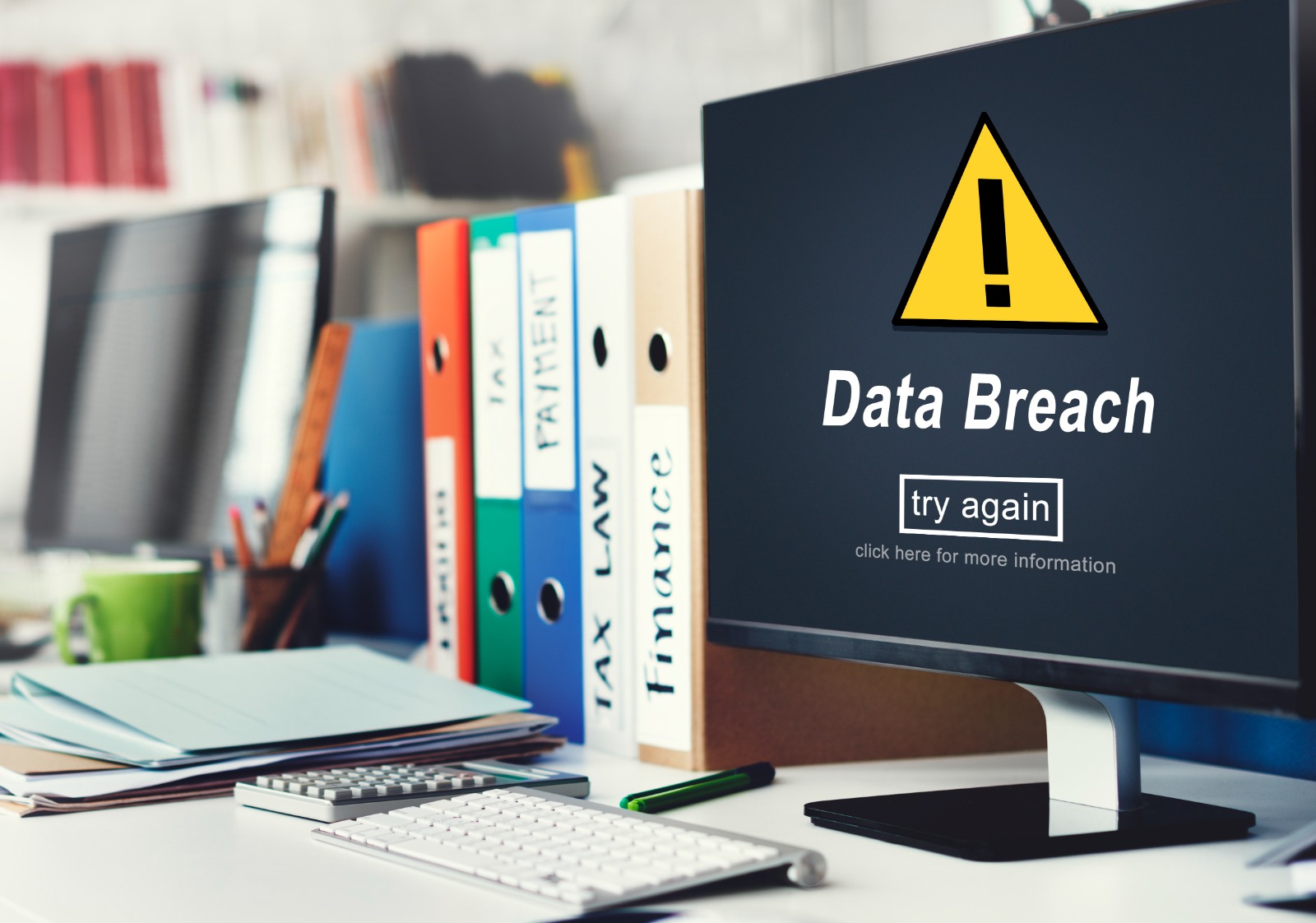RBAC as a Shield Against Emerging Threats
Date Created: 11 Oct 2023Share:
Safeguarding Organizations from Ransomware and Supply Chain Attacks

Safeguarding Organizations from Ransomware and Supply Chain Attacks
As the cybersecurity landscape continually changes, organizations encounter a constant stream of new threats capable of disrupting operations, jeopardizing sensitive data, and causing substantial financial and reputational harm. Among these emerging perils, ransomware attacks and supply chain vulnerabilities stand out as particularly worrisome. Role-Based Access Control (RBAC) emerges as a potent asset within the arsenal of cybersecurity measures, empowering organizations to shield themselves against these evolving dangers. In this comprehensive blog, we will delve into the ways RBAC can be harnessed to safeguard organizations against ransomware and supply chain threats, bolstering their defense in the persistent presence of these risks.
Understanding the Threat Landscape
Ransomware Incursions
The spectre of ransomware looms large, as cybercriminals increasingly employ this method to encrypt an organizations data and demand a ransom for its release. The fallout of succumbing to such attacks can be devastating, encompassing data loss, financial setbacks, and detrimental harm to a companys reputation.
Supply Chain Vulnerabilities
Supply chain assaults zero in on weaknesses within an organizations network of third-party vendors or collaborators. In these breaches, cybercriminals infiltrate these trusted networks to access the primary targets systems. Such incursions can lead to data breaches, espionage, or even the widespread dissemination of malicious software throughout the supply chain.
RBAC in a Nutshell
Before we delve into how RBAC can protect against these emerging threats, lets briefly revisit what Role-Based Access Control entails:
RBAC is a security framework that grants or restricts access to resources and systems based on a users role within an organization. Users are assigned specific roles, each of which defines their permissions and access rights. This means that individuals can only access the resources necessary for their job functions.
Using RBAC to Safeguard Against Ransomware
Enforcing Least Privilege Access
Ransomware attackers often gain access to critical systems through compromised user accounts. By implementing RBAC and strictly adhering to the principle of least privilege access, organizations reduce the potential attack surface. Users will only have access to the data and systems they need, preventing unauthorized access.
Restricting Execution Rights
Ransomware often requires the execution of malicious files or scripts. RBAC can be used to restrict who can execute files, ensuring that only trusted users are permitted to run potentially dangerous software. This can be a potent defense against ransomware payloads.
Leveraging RBAC to Counter Supply Chain Attacks
Vendor Access Control
Supply chain attacks often begin with the compromise of a third-party vendor or partner. RBAC can be applied to ensure that vendors only have access to the specific systems or data necessary for their services, limiting their potential to infiltrate the organizations network.
Continuous Monitoring
RBAC can enable continuous monitoring of third-party access. This monitoring can detect any suspicious activities or deviations from the norm, helping organizations identify and respond to potential supply chain threats promptly.
Best Practices for Implementing RBAC in the Face of Emerging Threats
Regularly Review and Update Roles
In an ever-evolving threat landscape, it is essential to periodically review and update RBAC roles to adapt to new risks and emerging threats. This proactive approach ensures that access rights remain aligned with the organizations security needs.
Education and Training
Ensuring that users understand their roles and responsibilities within the RBAC framework is crucial. Regular training and education programs can help users recognize and respond to potential threats effectively.
Using Multi-Factor Authentication (MFA)
MFA makes things extra secure by asking users for more than one way to prove who they are before they can access important stuff. When you team up MFA with RBAC, it makes your security even stronger against new threats.
Ransomware and supply chain attacks pose significant risks to organizations. Role-Based Access Control (RBAC) offers an effective strategy to mitigate these threats. By enforcing least privilege access, restricting execution rights, and controlling third-party access, organizations can significantly enhance their security posture. Additionally, regular role reviews, user education, and the implementation of multi-factor authentication further strengthen the defense against these evolving dangers.
In a landscape where the only constant is change, RBAC remains a steady and powerful ally in the battle against emerging threats, providing organizations with a robust shield to safeguard their digital assets and operations. As organizations adopt RBAC practices, they fortify their defenses against ransomware and supply chain vulnerabilities, ultimately ensuring a more secure and resilient future in the face of evolving cyber threats.
Cripsas
RBAC services provide robust access control solutions for organizations. With
their expertise, Cripsa helps tailor RBAC to unique needs, ensuring a secure
and efficient access management system that safeguards sensitive data and
mitigates emerging threats.

